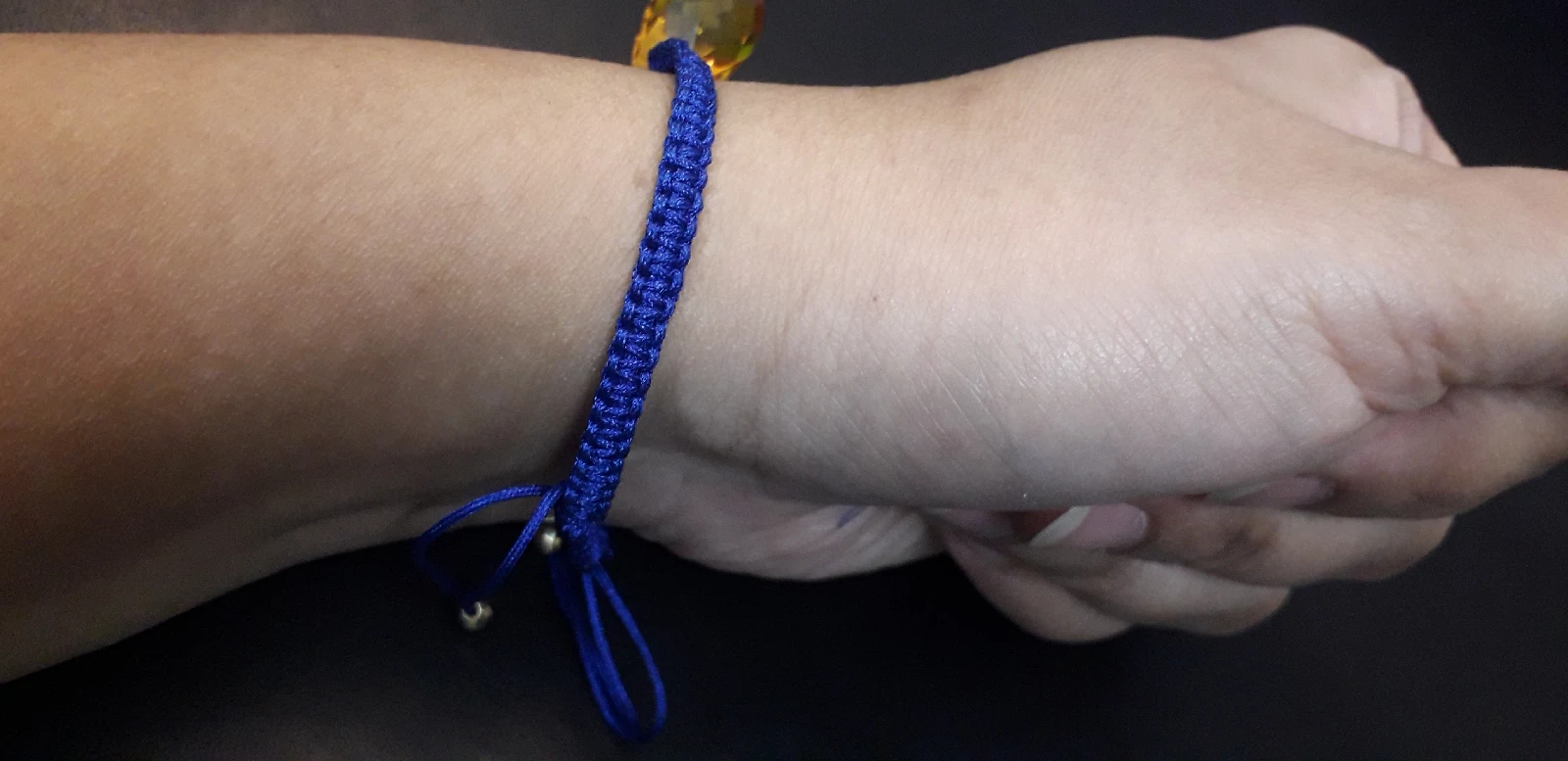Mythology – Many diverse cultures carry primeval creation myths concerning the origins of amber. Ancient Grecian tales recount the story of the Heliades, who shed tears into the river Eridanus as they grieved the death of their brother Phaethon. The stories say that Phaethon was thrown into the river by Zeus as punishment for taking his golden chariot on a joyride across the sky and that the tears of the heart-sick sisters eventually hardened into drops of dazzling amber.
Ancient Chinese myths say that this warm and magical golden substance is the petrified soul of tigers. Primarily a symbol of good fortune and protection, the tiger is also associated with solar energy, summer and fire and is linked to the powers of attraction, protection and illumination.
Legends from the Polish Kushubian tribe, , say that amber is the result of great lightning strikes upon the earth. Lithuanian tales recount the unhappy love between Jurate, Goddess of the Baltics, and a fisherman named Kastytis.
In a fit of anger, Jurate’s father threw down a great bolt of lightning that shattered the amber palace on the bottom of the sea and drowned Kastytis along with his fishing boat. Since that day, waves have been endlessly washing fragments from the amber palace ashore and littering the Baltic Sea coastline with small pieces of amber which are the tears that the still grieving Jūratė continues to shed.
Ancients – The Greek poet Homer, writing as early as the 10th century B.C., made several references to amber in the Iliad and the Odyssey. Herodotus wrote about Baltic amber’s electrical properties in the 5th century B. C., they were well known even then, though that particular word would not be coined for centuries. Theophrastus, writing in the 4th century B.C., discusses Baltic amber in his work entitled On Stones. Theophrastus classified rocks based on their behavior when heated, and grouped minerals by common properties, such as amber and magnetite, both of which have strong powers of attraction.
Pliny the Elder tells us in his Naturalis Historia, published circa AD 77-79, that Baltic amber was called “northern gold” by both the ancient Greeks and the Romans and that by the time of the Emperor Nero (54-68 AD) a small amber statuette was worth more than a robust and healthy slave. According to the elder Pliny, a necklace of amber beads was well known to offer protection from several poisons as well as from “sorcery and witchcraft.”
Pliny the Younger recorded that Roman women wore amber pendants as adornments and also to ease “swollen glands, sore throat and palate.” Indeed, the ancient women of the original Italic tribes were especially fond of wearing Baltic amber for both its magical as well as its health enhancing properties. Due to the increasing demand for this magical healing substance, trade routes from the Italian peninsula to the Baltic Sea opened up and some were eventually paved by the Roman army.
Though no one knows the exact routes taken during the time of the Imperium Romanum, we do know that considerable amounts of raw Baltic amber were brought south from the Baltics to the Danube, through Eastern Europe and across the Julian Alps down to the Adriatic Sea and the lands of the Veneti people on the east coast of the Italic peninsula. The Veneti tribe, whose territory neighbored Pannonia, helped to popularize amber among the people of the Italian Peninsula. In antiquity, Aquileia was the largest town in this part of Italy, an important transportation crossroads and practically overflowing with Baltic amber craft workshops.
Towards the end of the 1st century CE, the artisans in Aquileia had mastered amber sculpting techniques. The smallest nuggets were made into assorted beaded necklaces and a great variety of other items were produced here as well, including rings, pins and pendants and coffers to hold them, knife, comb and mirror handles and boxes for cosmetics. Dionysian motifs and scenes were popular as were miniature leaves, shells, fish, and loaves of bread, pomegranates, figs, dates and grapes.
Among the most intriguing archaeological finds in this area of Italy are spinning staffs made of bronze rods with strings of amber beads wound around them. Spinning was the sacred work of women and natural amber was a spinner’s ally because its electrostatic properties attracted the raw fibers of wool, flax and hemp and so helped to lighten the work.

.jpg)






